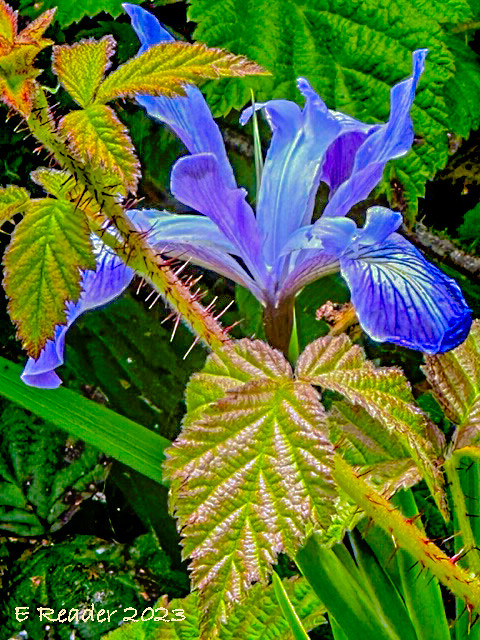The Carmel Mission Basilica, also known as Mission San Carlos Borromeo del Río Carmelo, stands as one of the most historically significant and architecturally beautiful landmarks in Carmel-by-the-Sea. Founded in 1771 by Father Junípero Serra, it is the second of California’s 21 Spanish Missions and one of the most meticulously restored. The basilica holds a unique place in California’s history, serving not only as a spiritual center but also as the final resting place of Father Serra, who was canonized in 2015.
The architecture of the Carmel Mission reflects the Spanish Colonial Revival style, with its Moorish-inspired bell tower, arched doorways, and intricate stone façade. The warm adobe walls, capped with red terracotta tiles, and the central rose window framed in sandstone give the mission a timeless appeal. The layout of the courtyard, with its tranquil gardens, adds to the serene atmosphere that continues to attract visitors and worshippers alike.
Stepping through the basilica’s wooden doors, visitors are greeted by a stunning interior. The vaulted ceiling and richly adorned altar, along with centuries-old religious artifacts, speak to the mission's enduring role as a place of worship. In addition to its religious significance, the Carmel Mission has been recognized as a National Historic Landmark, celebrating its contributions to California's colonial past and cultural heritage.
Today, the Carmel Mission Basilica is a must-see destination for those exploring the Monterey Peninsula. It offers a glimpse into the early history of Alta California while providing a peaceful retreat just steps from the bustling town of Carmel-by-the-Sea.




















